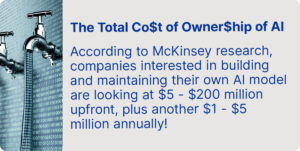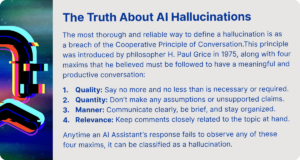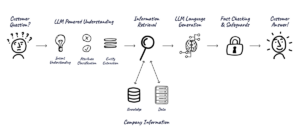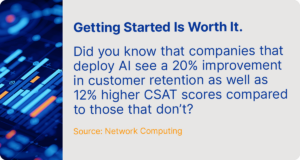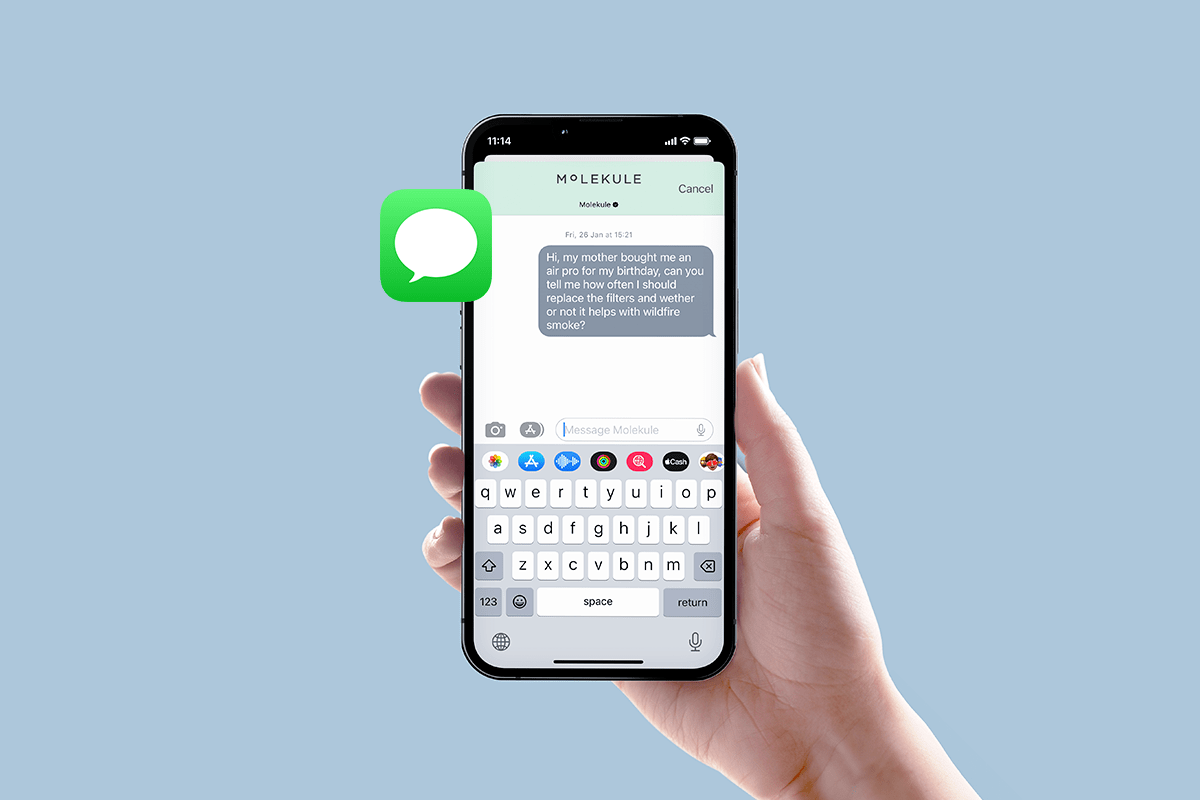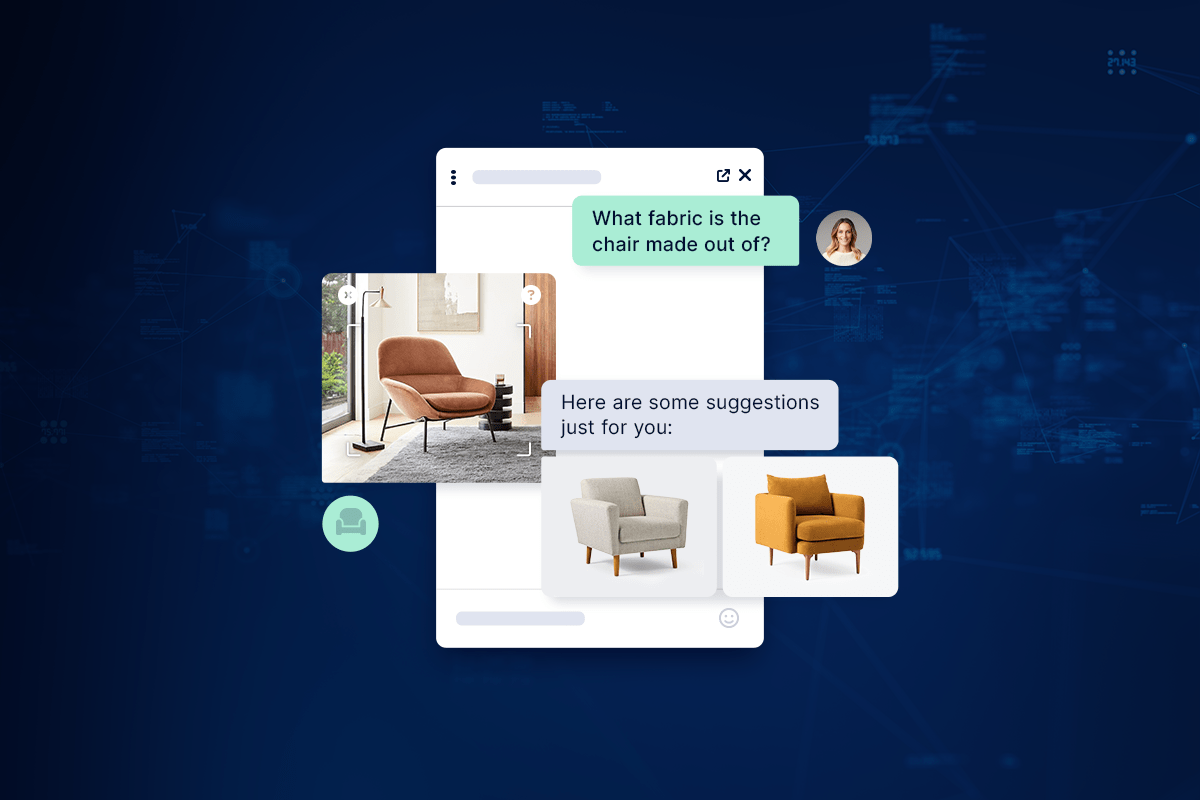The phrase “Knowledge is power” is usually believed to have originated with 16th- and 17th-century English philosopher Francis Bacon, in his Meditationes Sacræ. Because many people recognize something profoundly right about this sentiment, it has become received wisdom in the centuries since.
Now, data isn’t exactly the same thing as knowledge, but it is tremendously powerful. Armed with enough of the right kind of data, contact center managers can make better decisions about how to deploy resources, resolve customer issues, and run their business.
As is usually the case, the data contact center managers are looking for will be unique to their field. This article will discuss these data, why they matter, and how AI can transform how you gather, analyze, and act on data.
Let’s get going!
What are Customer Insights in Contact Centers?
As a contact center, your primary focus is on helping people work through issues related to a software product or something similar. But you might find yourself wondering who these people are, what parts of the customer experience they’re stumbling over, which issues are being escalated to human agents and which are resolved by bots, etc.
If you knew these things, you would be able to notice patterns and start proactively fixing problems before they even arise. This is what customer insights is all about, and it can allow you to finetune your procedures, write clearer technical documentation, figure out the best place to use generative AI in your contact center, and much more.
What are the Major Types of Customer Insights?
Before we turn to a discussion of the specifics of customer insights, we’ll deal with the major kinds of customer insights there are. This will provide you with an overarching framework for thinking about this topic and where different approaches might fit in.
Speech and Text Data
Customer service and customer experience both tend to be language-heavy fields. When an agent works with a customer over the phone or via chat, a lot of natural language is generated, and that language can be analyzed. You might use a technique like sentiment analysis, for example, to gauge how frustrated customers are when they contact an agent. This will allow you to form a fuller picture of the people you’re helping, and discover ways of doing so more effectively.
Data on Customer Satisfaction
Contact centers exist to make customers happy as they try to use a product, and for this reason, it’s common practice to send out surveys when a customer interaction is done. When done correctly, the information contained in these surveys is incredibly valuable, and can let you know whether or not you’re improving over time, whether a specific approach to training or a new large language model is helping or hurting customer satisfaction, and more.
Predictive Analytics
Predictive analytics is a huge field, but it mostly boils down to using machine learning or something similar to predict the future based on what’s happened in the past. You might try to forecast average handle time (AHT) based on the time of the year, on the premise that when an issue arises has something to do with how long it will take to get it resolved.
To do this effectively you would need a fair amount of AHT data, along with the corresponding data about when the complaints were raised, and then you could fit a linear regression model on these two data streams. If you find that AHT reliably climbs during certain periods, you can have more agents on hand when required.
Data on Agent Performance
Like employees in any other kind of business, agents perform at different levels. Junior agents will likely take much longer to work through a thorny customer issue than more senior ones, of course, and the same could be said for agents with an extensive technical background versus those without the knowledge this background confers. Or, the same agent might excel at certain kinds of tasks but perform much worse on others.
Regardless, by gathering these data on how agents are performing you, as the manager, can figure out where weaknesses lie across all your teams. With this information, you’ll be able to strategize about how to address those weaknesses with coaching, additional education, a refresh of the standard operating procedures, or what have you.
Channel Analytics
These days, there are usually multiple ways for a customer to get in touch with your contact center, and they all have different dynamics. Sending a long email isn’t the same thing as talking on the phone, and both are distinct from reaching out on social media or talking to a bot. If you have analytics on specific channels, how customers use them, and what their experience was like, you can make decisions about what channels to prioritize.
What’s more, customers will often have interacted with your brand in the past through one or more of these channels. If you’ve been tracking those interactions, you can incorporate this context to personalize responses when they reach out to resolve an issue in the future, which can help boost customer satisfaction.
What Specific Metrics are Tracked for Customer Insights?
Now that we have a handle on what kind of customer insights there are, let’s talk about specific metrics that come up in contact centers!
First Contact Resolution (FCR)
The first contact resolution is the fraction of issues a contact center is able to resolve on the first try, i.e. the first time the customer reaches out. It’s sometimes also known as Right First Time (RFT), for this reason. Note that first contact resolution can apply to any channel, whereas first call resolution applies only when the customer contacts you over the phone. They have the same acronym but refer to two different metrics.
Average Handle Time (AHT)
The average handle time is one of the more important metrics contact centers track, and it refers to the mean length of time an agent spends on a task. This is not the same thing as how long the agent spends talking to a customer, and instead encompasses any work that goes on afterward as well.
Customer Satisfaction (CSAT)
The customer satisfaction score attempts to gauge how customers feel about your product and service. It’s common practice, to collect this information from many customers, then averaging them to get a broader picture of how your customers feel. The CSAT can give you a sense of whether customers are getting happier over time, whether certain products, issues, or agents make them happier than others, etc.
Call Abandon Rate (CAR)
The call abandon rate is the fraction of customers who end a call with an agent before their question has been answered. It can be affected by many things, including how long the customers have to wait on hold, whether they like the “hold” music you play, and similar sorts of factors. You should be aware that CAR doesn’t account for missed calls, lost calls, or dropped calls.
***
Data-driven contact centers track a lot of metrics, and these are just a sample. Nevertheless, they should convey a sense of what kinds of numbers a manager might want to examine.
How Can AI Help with Customer Insights?
And now, we come to the “main” event, a discussion of how artificial intelligence can help contact center managers gather and better utilize customer insights.
Natural Language Processing and Sentiment Analysis
An obvious place to begin is with natural language processing (NLP), which refers to a subfield in machine learning that uses various algorithms to parse (or generate) language.
There are many ways in which NLP can aid in finding customer insights. We’ve already mentioned sentiment analysis, which detects the overall emotional tenor of a piece of language. If you track sentiment over time, you’ll be able to see if you’re delivering more or less customer satisfaction.
You could even get slightly more sophisticated and pair sentiment analysis with something like named entity recognition, which extracts information about entities from language. This would allow you to e.g. know that a given customer is upset, and also that the name of a particular product kept coming up.
Classifying Different Kinds of Communication
For various reasons, contact centers keep transcripts and recordings of all the interactions they have with a customer. This means that they have access to a vast amount of textual information, but since it’s unstructured and messy it’s hard to know what to do with it.
Using any of several different ML-based classification techniques, a contact center manager could begin to tame this complexity. Suppose, for example, she wanted to have a high-level overview of why people are reaching out for support. With a good classification pipeline, she could start automating the processing of sorting communications into different categories, like “help logging in” or “canceling a subscription”.
With enough of this kind of information, she could start to spot trends and make decisions on that basis.
Statistical Analysis and A/B Testing
Finally, we’ll turn to statistical analysis. Above, we talked a lot about natural language processing and similar endeavors, but more than likely when people say “customer insights” they mean something like “statistical analysis”.
This is a huge field, so we’re going to illustrate its importance with an example focusing on churn. If you have a subscription-based business, you’ll have some customers who eventually leave, and this is known as “churn”. Churn analysis has sprung up to apply data science to understanding these customer decisions, in the hopes that you can resolve any underlying issues and positively impact the bottom line.
What kinds of questions would be addressed by churn analysis? Things like what kinds of customers are canceling (i.e. are they young or old, do they belong to a particular demographic, etc.), figuring out their reasons for doing so, using that to predict which similar questions might be in danger of churning soon, and thinking analytically about how to reduce churn.
And how does AI help? There now exist any number of AI tools that substantially automate the process of gathering and cleaning the relevant data, applying standard tests, making simple charts, and making your job of extracting customer insights much easier.
What AI Tools Can Be Used for Customer Insights?
By now you’re probably eager to try using AI for customer insights, but before you do that, let’s spend some talking about what you’d look for in a customer insights tool.
Performant and Reliable
Ideally, you want something that you can depend upon and that won’t drive you crazy with performance issues. A good customer insights tool will have many optimizations under the hood that make crunching numbers easy, and shouldn’t require you to have a computer science degree to set up.
Straightforward Integration Process
Modern contact centers work across a wide variety of channels, including emails, chat, social media, phone calls, and even more. Whatever AI-powered customer insights platform you go with should be able to seamlessly integrate with all of them.
Simple to Use
Finally, your preferred solution should be relatively easy to use. Quiq Insights, for example, makes it a breeze to create customizable funnels, do advanced filtering, see the surrounding context for different conversations, and much more.
Getting the Most Out of AI-Powered Customer Insights
Data is extremely important to the success or failure of modern businesses, and it’s getting more important all the time. Contact centers have long been forward-looking and eager to adopt new technologies, and the same must be true in our brave new data-powered world.
If you’d like a demo of Quiq Insights, reach out to see how we can help you streamline your operation while boosting customer satisfaction!
Request A Demo
